Sports Nutrition Myths: Busted!
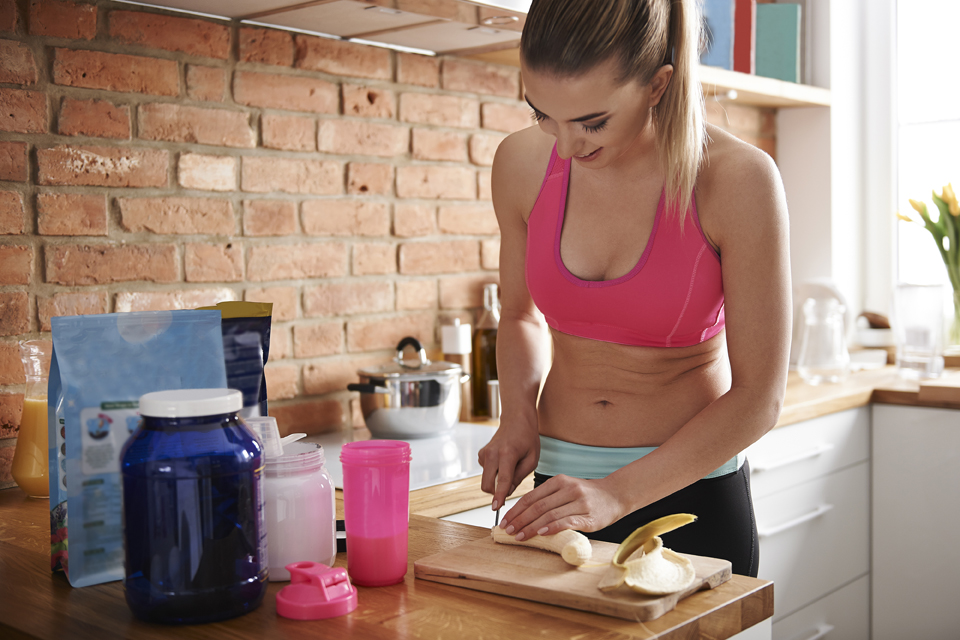 Keeping up with the latest science-based sports nutrition recommendations is a challenge. We are constantly bombarded with media messages touting the next miracle sports food or supplement that will enhance athletic performance, promote fat loss, build muscle, and help you be a super-athlete. At this year’s Annual Meeting of the American College of Sports Medicine (www.acsm.org), a sports nutrition myth-busters session sponsored by the global network of Professionals In Nutrition for Exercise and Sport (www.PINESNutrition.org) featured experts who resolved confusion with science-based research.
Keeping up with the latest science-based sports nutrition recommendations is a challenge. We are constantly bombarded with media messages touting the next miracle sports food or supplement that will enhance athletic performance, promote fat loss, build muscle, and help you be a super-athlete. At this year’s Annual Meeting of the American College of Sports Medicine (www.acsm.org), a sports nutrition myth-busters session sponsored by the global network of Professionals In Nutrition for Exercise and Sport (www.PINESNutrition.org) featured experts who resolved confusion with science-based research.
MYTH: Protein supplements build bigger muscles.
Protein needs for a 150-pound (68 kg) athlete average about 110 to 150 grams of protein per day. (More precisely, 0.7 to 1.0 g pro/lb. body weight/day; 1.6 to 2.2 g pro/kg./day) Hungry athletes can easily consume this amount from standard meals. Yet, many athletes believe they need extra protein. They consume protein shakes and bars in addition to protein-laden meals. They are unlikely to see any additional benefits from this higher-than-needed protein intake. Resistance exercise is a far more potent way to increase muscle size and strength than any protein supplement.
MYTH: Eating just before bedtime makes an athlete fat.
While it is true the body responds differently to the same meal eaten at 9:00 a.m., 5:00 pm, or 1:00 a.m., an athlete will not “get fat” by eating at night. The main problem with nighttime eating relates to the ease of over-eating while lounging around and watching TV. When your brain is tired from having made endless decisions all day, you can easily decide to eat more food than required.
That said, bedtime carbohydrates to refuel depleted muscles and bedtime protein to build and repair muscles can optimize recovery after a day of hard training or competing. For bodybuilders and others who want to optimize muscle growth, eating about 40 grams of protein before bed provides an extended flow of amino acids needed to build muscle. (This bedtime snack has not been linked with fat gain). Cottage cheese, anyone?
MYTH: A gluten-free diet cures athletes’ gut problems.
If you have celiac disease (as verified by blood tests), your gut will indeed feel better if you avoid wheat and other gluten-containing foods. However, very few gut issues for non-celiac athletes are related to gluten. FODMAPs (Fermentable Oligo-, Di-, Mono-saccharides and Polyols) are often the culprit. These are types of hard-for-some-people-to-digest carbohydrates found in commonly eaten foods such as wheat, apples, onion, garlic, and milk. For example, the di-saccharide lactose (a kind of sugar found in milk) creates gut turmoil in people who are lactose intolerant. The poorly digested and absorbed lactose creates gas, bloat and diarrhea.
For certain athletes, a low FODMAP diet two or three days before a competition or long training session can help curb intestinal distress. If you live in fear of undesired pit stops, a consultation with your sports dietitian to learn more about a short-term FODMAP reduction diet is worth considering.
MYTH: Athletes should avoid caffeine because of its diuretic effect
With caffeinated beverages, the diuretic effect might be 1.2 ml. excess fluid lost per mg. of caffeine. That means, if you were to drink a small mug (7 oz./200 ml.) of coffee that contains 125 milligrams of caffeine, you might lose about 150 ml. water through excess urine loss. But you’d still have 50 ml. fluid to hydrate your body—and likely more if you drink coffee regularly. Athletes who regularly consume caffeine habituate and experience less of a diuretic effect. In general, most caffeinated beverages contribute to a positive fluid balance; avoiding them on the basis of their caffeine content is not justified.
MYTH: Athletes should be wary of creatine because it is bad for kidneys.
Creatine is sometimes used by athletes who want to bulk up. It allows muscles to recover faster from, let’s say, lifting weights, so the athlete can do more reps and gain strength. A review of 21 studies that assessed kidney function with creatine doses ranging from 2 to 30 grams a day for up to five and a half years indicates creatine is safe for young healthy athletes as well as for elderly people. Even the most recent studies using sophisticated methods to assess renal function support creatine supplements as being well tolerated and not related to kidney dysfunction.

MYTH: The vegan diet fails to support optimal performance in athletes.
Without a doubt, vegan athletes can —and do—excel in sport. Just Google vegan athletes; you’ll find an impressive list that includes Olympians and professional athletes from many sports (including football, basketball, tennis, rowing, snowboarding, running, soccer, plus more.)
The key to consuming an effective vegan sports diet is to include adequate leucine, the essential amino acid that triggers muscles to grow. The richest sources of leucine are found in animal foods, such as eggs, dairy, fish, and meats. If you swap animal proteins for plant proteins, you reduce your leucine intake by about 50%. For athletes, consuming 2.5 grams of leucine every 3 to 4 hours during the day optimizes muscular development. This means vegan athletes need to eat adequate nuts, soy foods, lentils, beans and other plant proteins regularly at every meal and snack.
Most athletes can consume adequate leucine, but some don’t because they skip meals and fail to plan a balanced vegan menu. Vegan athletes who are restricting food intake to lose undesired body fat need to be particularly vigilant to consume an effective sports diet. Plan ahead!
Nancy Clark, MS, RD counsels both casual and competitive athletes at her office in Newton, MA (617-795-1875). The newest 6th edition of her best selling Sports Nutrition Guidebook is being released in July 2019. For information about readymade handouts and PowerPoint presentations, visit www.NancyClarkRD.com. For her popular online workshop, see www.NutritionSportsExerciseCEUs.com.


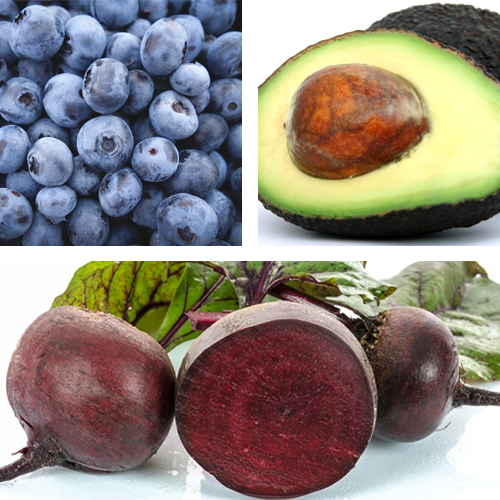

 For most of the past 40 years, dieters have been told to limit dietary fat, believing it leads to obesity and heart disease. Today, dieters hear messages to indulge in a very high-fat (ketogenic) diet and limit the carbohydrate-based foods that fueled their low-fat diet. Confusing, eh? The bottom line is: calories count. You can lose weight by limiting carbs and/or fat. Let’s look at the weight management picture, as we understand it to date. (Nutrition is an evolving science!)
For most of the past 40 years, dieters have been told to limit dietary fat, believing it leads to obesity and heart disease. Today, dieters hear messages to indulge in a very high-fat (ketogenic) diet and limit the carbohydrate-based foods that fueled their low-fat diet. Confusing, eh? The bottom line is: calories count. You can lose weight by limiting carbs and/or fat. Let’s look at the weight management picture, as we understand it to date. (Nutrition is an evolving science!)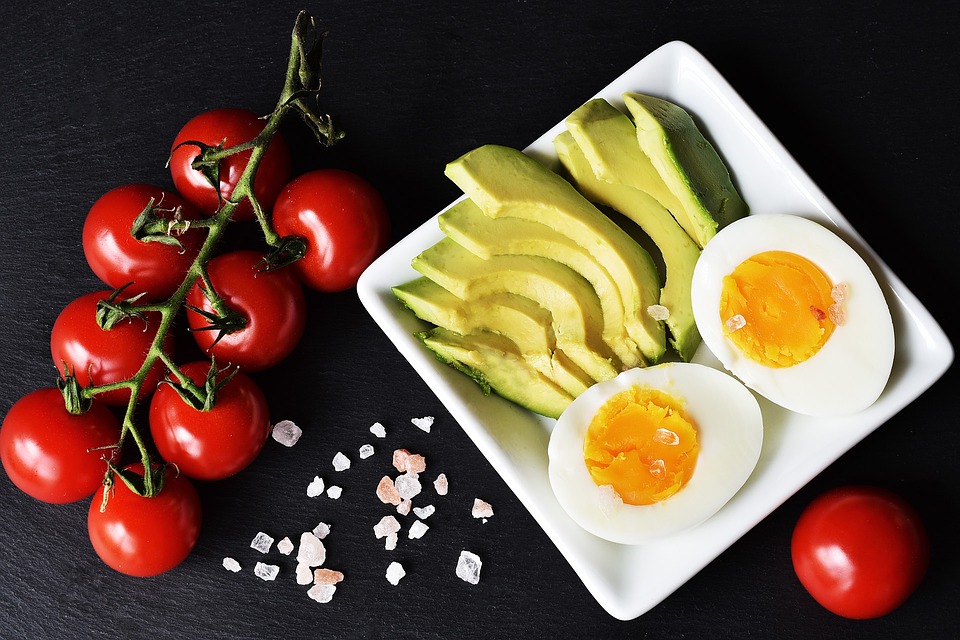 You have undoubtedly heard people rave about the keto diet. This very rigid high fat, low carb food plan with more than 70% of the calories from fat and less than 5% of the calories from grains, fruits and veggies is touted to reduce weight and risk for heart disease, diabetes, cancer, and Alzheimer’s. Here’s some food for thought on the current keto rage. You can figure out if you want to jump in or think twice.
You have undoubtedly heard people rave about the keto diet. This very rigid high fat, low carb food plan with more than 70% of the calories from fat and less than 5% of the calories from grains, fruits and veggies is touted to reduce weight and risk for heart disease, diabetes, cancer, and Alzheimer’s. Here’s some food for thought on the current keto rage. You can figure out if you want to jump in or think twice.
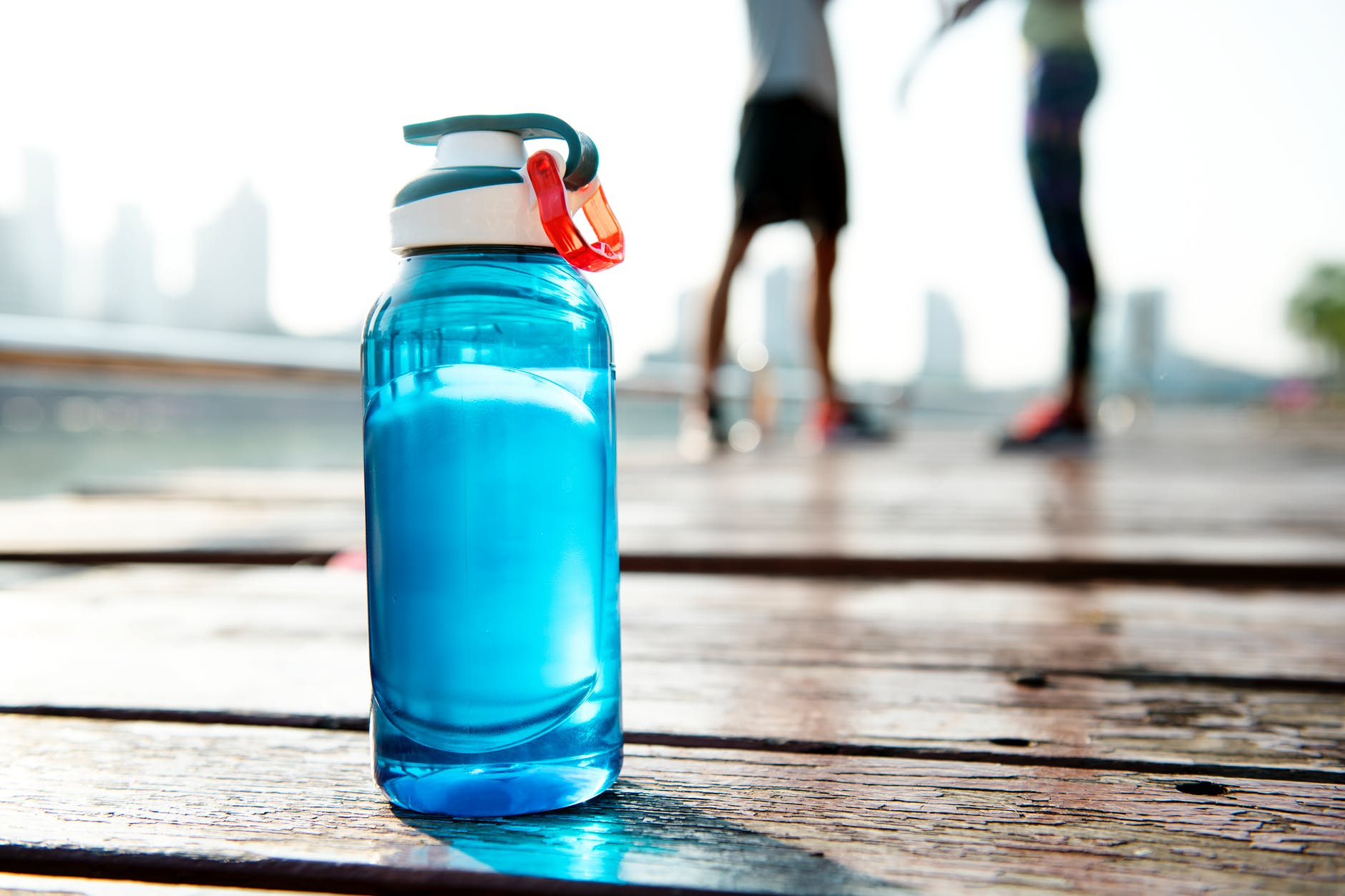 Competitive athletes lose lots of sweat when exercising for hours on end. But so can recreational exercisers who are out of shape and working hard. That’s why everyone who sweats heavily wants to learn his or her sweat rate. You can learn this by weighing yourself (without clothing) before and after an hour of exercise without drinking anything at X pace and in X degrees of heat or cold. For each pound lost, you are in deficit of 16-ounces of fluid. Drink enough during exercise to minimize this deficit. Throughout the day, drink enough to urinate every 2 to 4 hours. (Peeing every half-hour is excessive; no need to over-hydrate!)
Competitive athletes lose lots of sweat when exercising for hours on end. But so can recreational exercisers who are out of shape and working hard. That’s why everyone who sweats heavily wants to learn his or her sweat rate. You can learn this by weighing yourself (without clothing) before and after an hour of exercise without drinking anything at X pace and in X degrees of heat or cold. For each pound lost, you are in deficit of 16-ounces of fluid. Drink enough during exercise to minimize this deficit. Throughout the day, drink enough to urinate every 2 to 4 hours. (Peeing every half-hour is excessive; no need to over-hydrate!)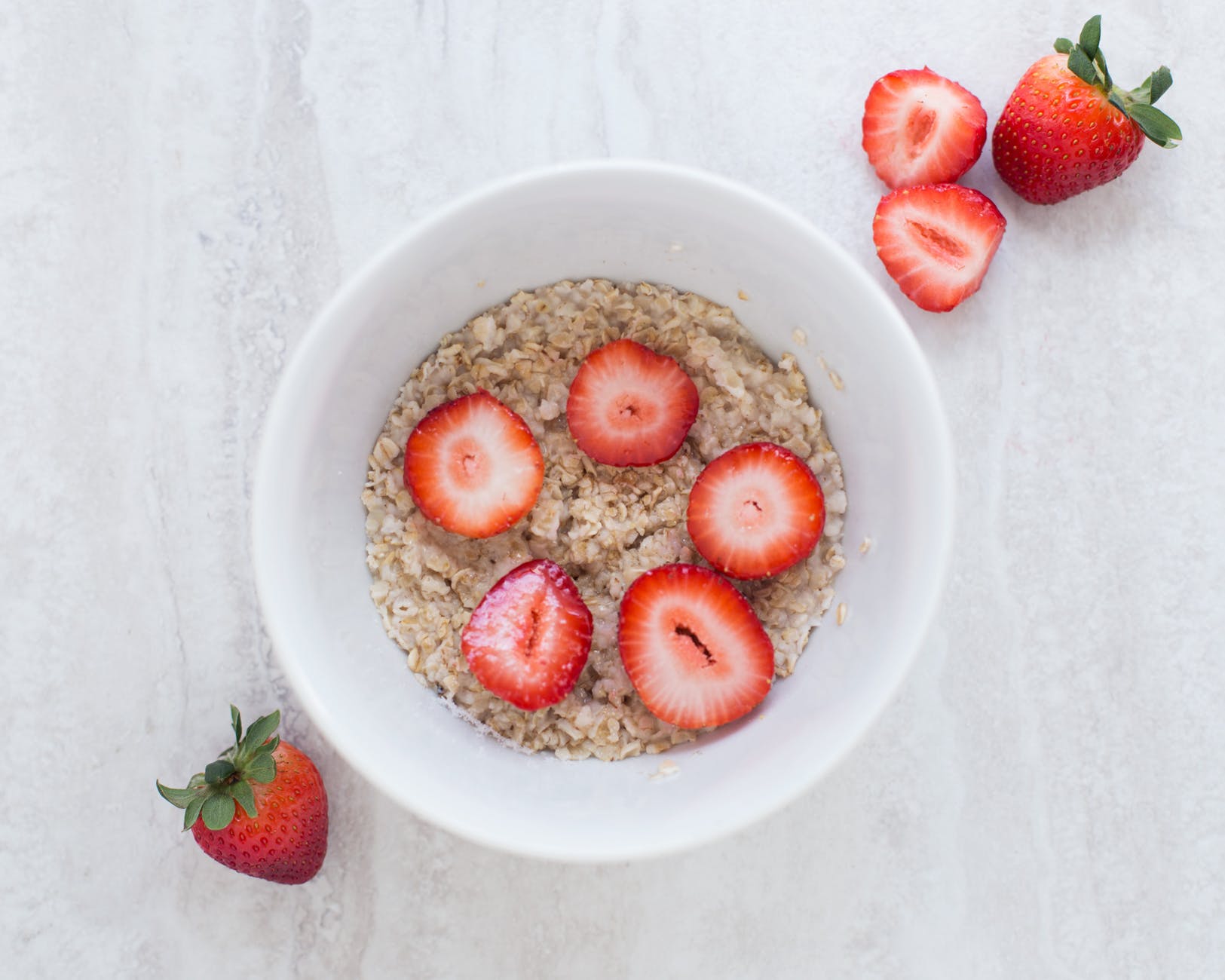
 Many athletes train in the early morning. Rowers commonly meet at 5:30 a.m. Hockey players might get rink-time at 5:00 a.m.. Athletes who need to be at work at 7:00 often train at 4:30 a.m. Many of these athletes report eating nothing before their training session. My stomach isn’t awake. … It’s too early to even think about food. … I get reflux if I eat. Others report they have better workouts when they eat something simple. The question arises: What’s the best way to fuel for early morning workouts?
Many athletes train in the early morning. Rowers commonly meet at 5:30 a.m. Hockey players might get rink-time at 5:00 a.m.. Athletes who need to be at work at 7:00 often train at 4:30 a.m. Many of these athletes report eating nothing before their training session. My stomach isn’t awake. … It’s too early to even think about food. … I get reflux if I eat. Others report they have better workouts when they eat something simple. The question arises: What’s the best way to fuel for early morning workouts?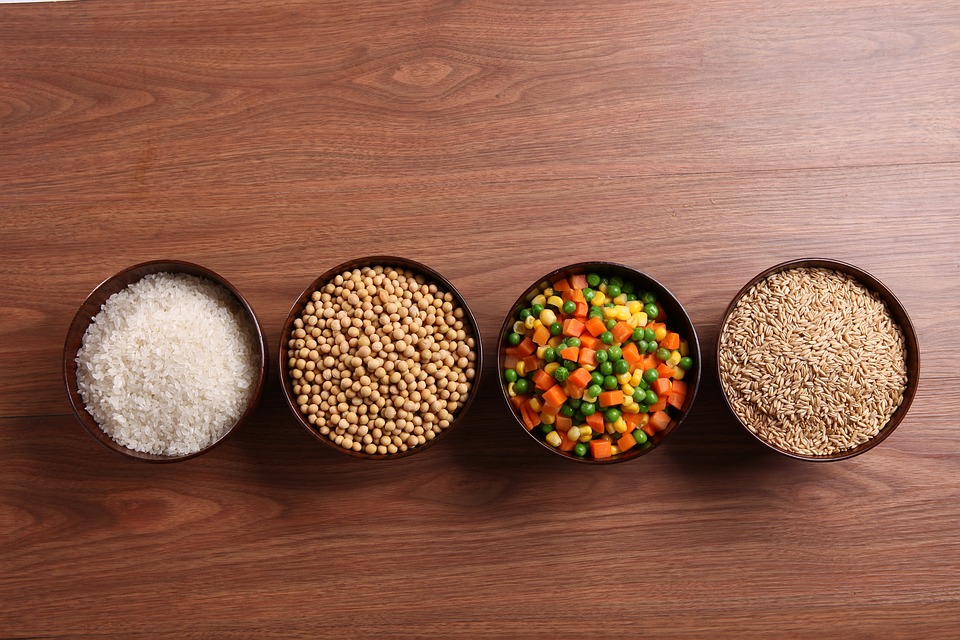
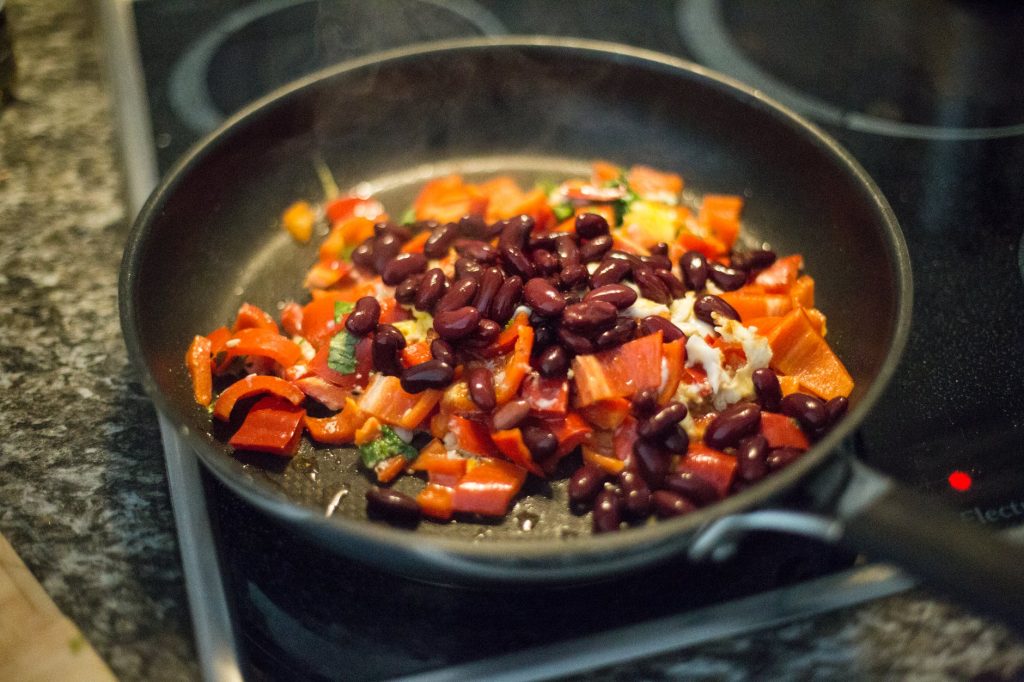 Quality carbs (fruits, vegetables, grains and beans) promote a healthy microbiome, which reduces the risk of heart disease, diabetes, and cancer. Fiber-rich carbs feed the zillions of microbes that live in your gut. These microbes have an incredible influence on your mood, weight, immune system, and overall health. Every major medical association recommends we consume a strong intake of fruits, veggies and whole grains. Do athletes on a low carb diet miss out on these health benefits? TBD.
Quality carbs (fruits, vegetables, grains and beans) promote a healthy microbiome, which reduces the risk of heart disease, diabetes, and cancer. Fiber-rich carbs feed the zillions of microbes that live in your gut. These microbes have an incredible influence on your mood, weight, immune system, and overall health. Every major medical association recommends we consume a strong intake of fruits, veggies and whole grains. Do athletes on a low carb diet miss out on these health benefits? TBD.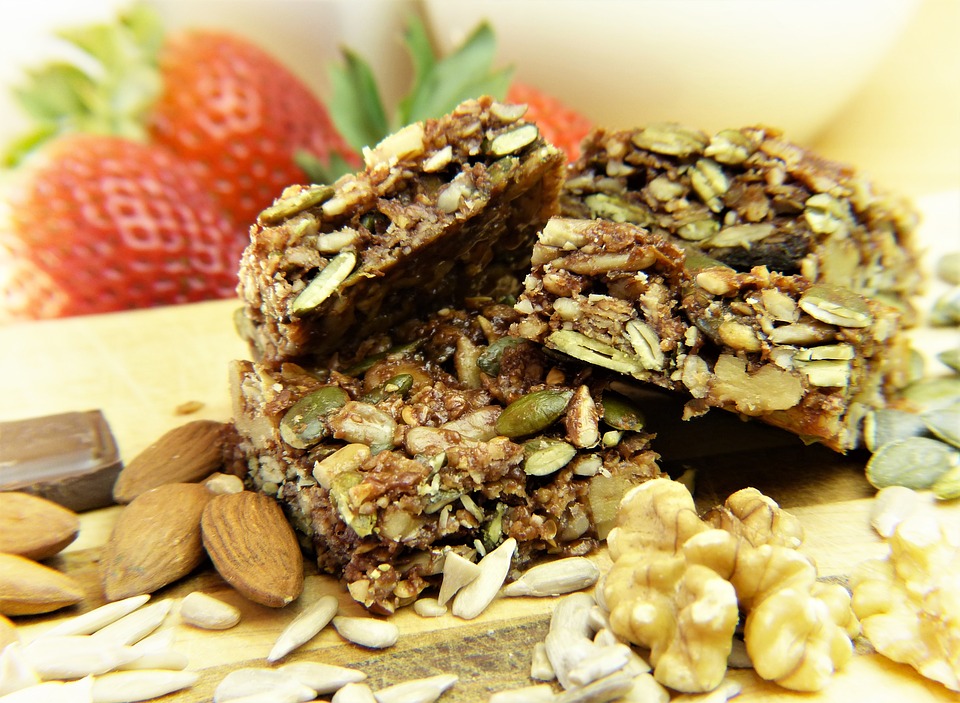 Athletes have many questions about energy bars:
Athletes have many questions about energy bars: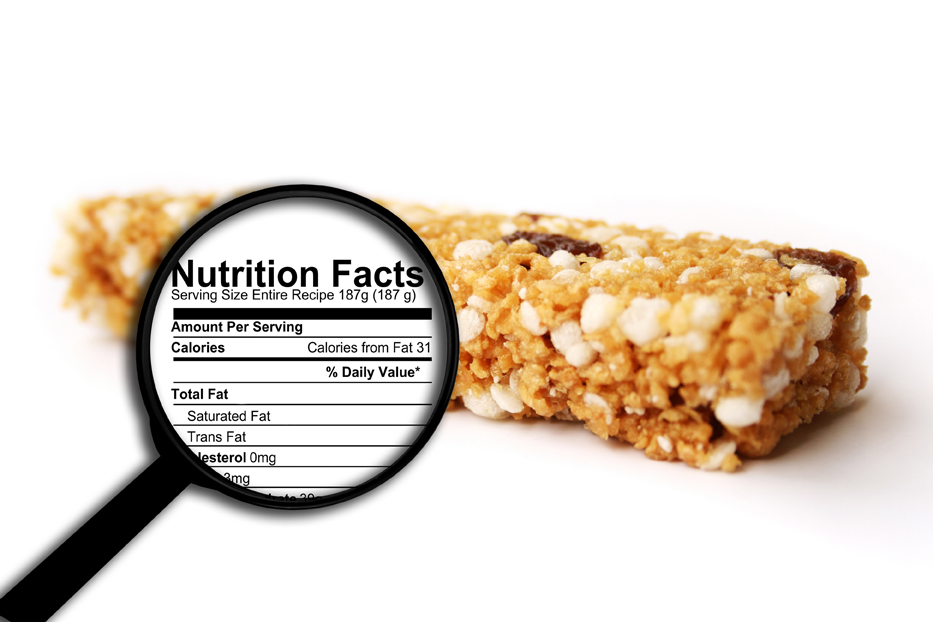 Gluten-free: Bonk Breaker, BumbleBar, Elev8Me, Enjoy Life, Enjoy Life, EnviroKidz Rice Cereal, Fody, Good Belly, GoMacro, Hammer, KIND, Lara, Picky, PowerBar Protein Plus, Pure Protein, ProBar, RX, Quest, Raw Revolution, That’s It Fruit, thinkThin, Truwomen, Zing, 88 Acres Seed and Oat.
Gluten-free: Bonk Breaker, BumbleBar, Elev8Me, Enjoy Life, Enjoy Life, EnviroKidz Rice Cereal, Fody, Good Belly, GoMacro, Hammer, KIND, Lara, Picky, PowerBar Protein Plus, Pure Protein, ProBar, RX, Quest, Raw Revolution, That’s It Fruit, thinkThin, Truwomen, Zing, 88 Acres Seed and Oat.
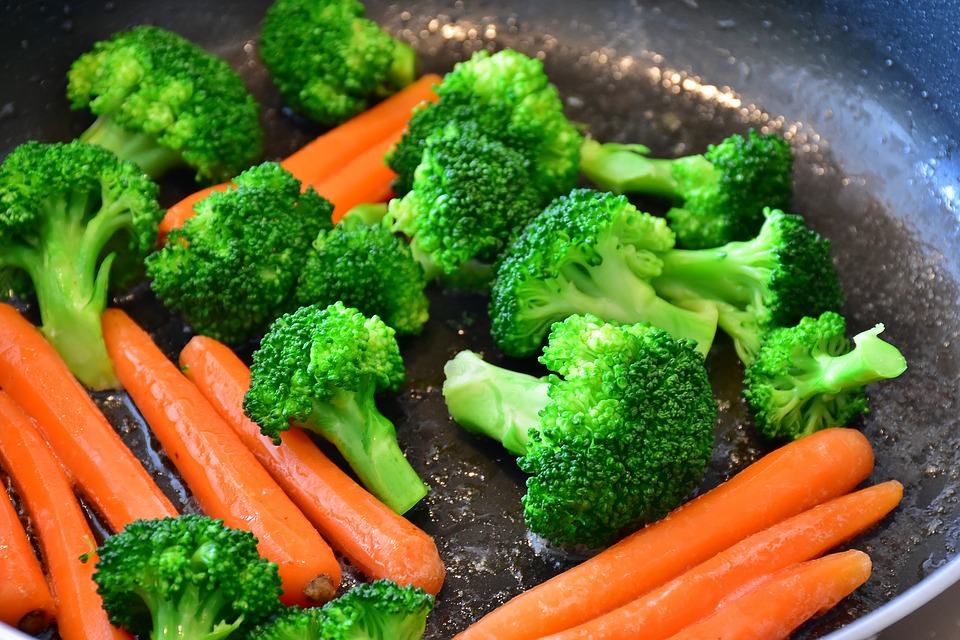
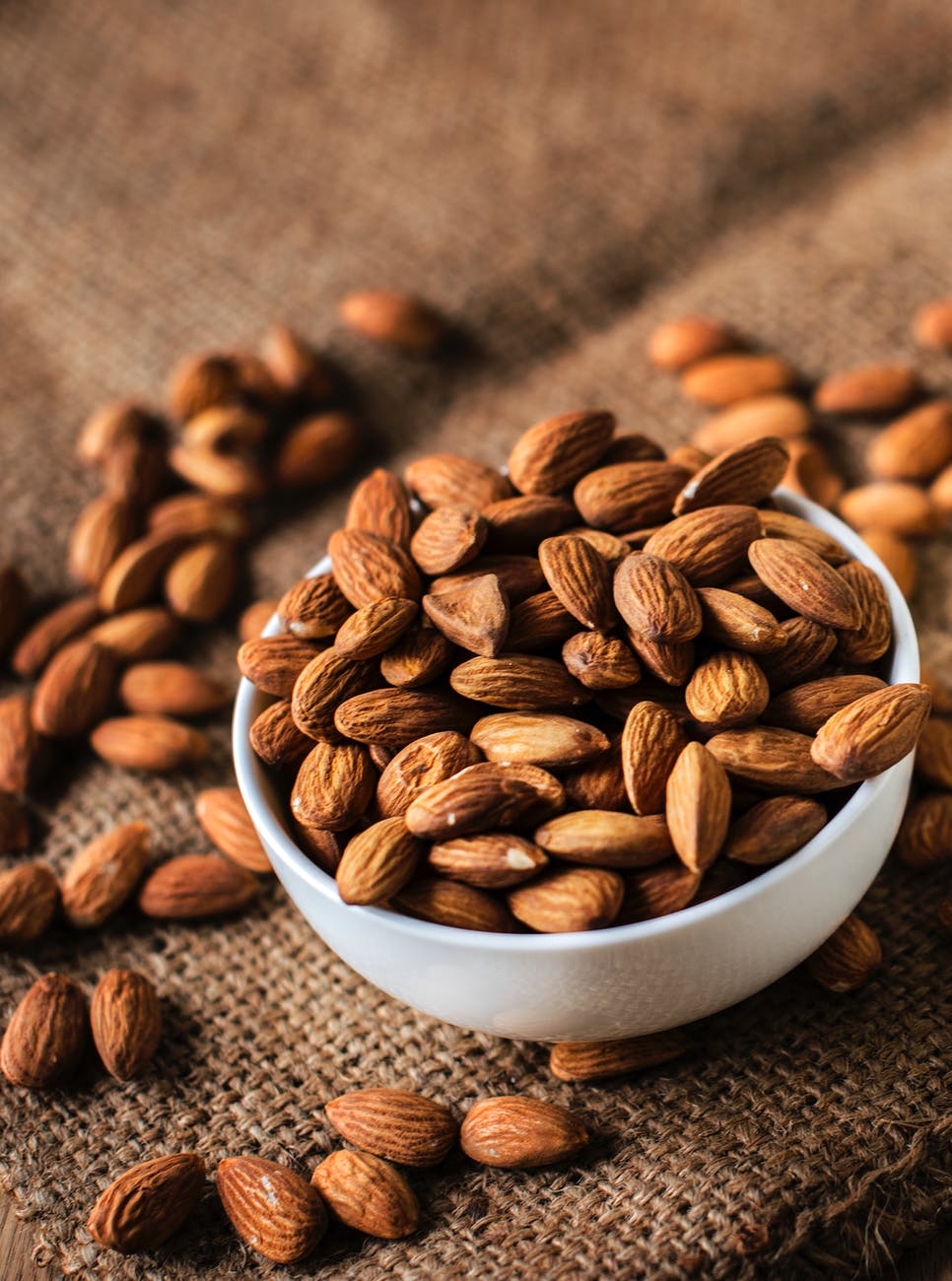
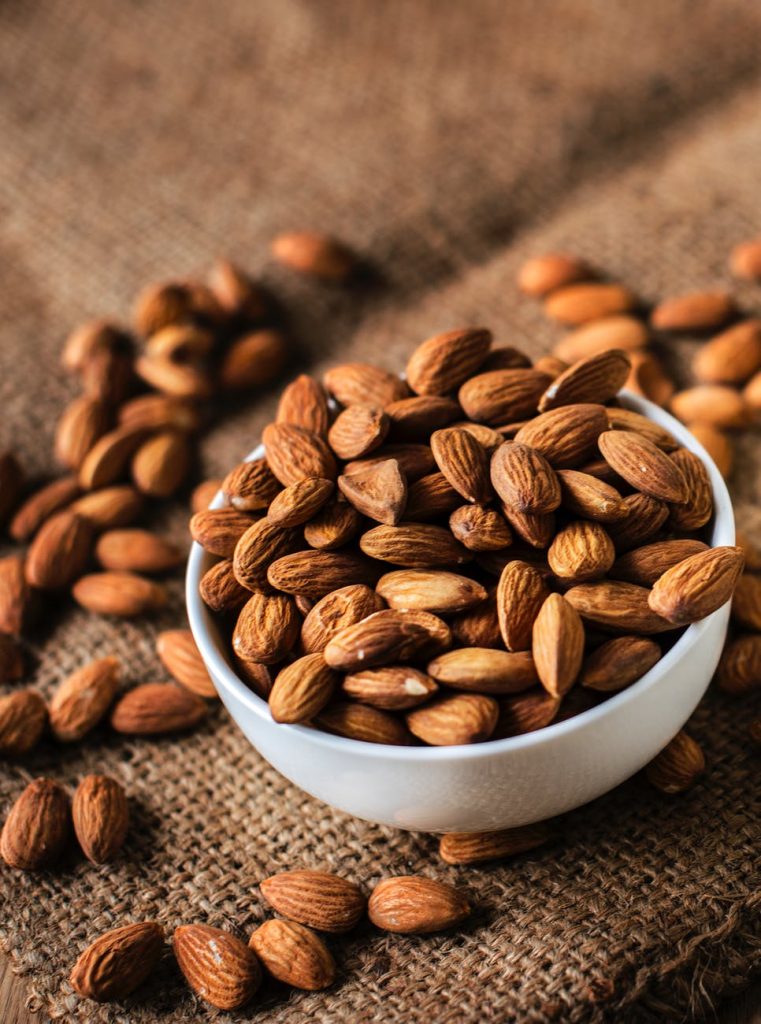 Almonds are a popular snack not just because they are nutrient-rich, but primarily because they are crunchy and taste yummy. In this day and age when snacks are replacing meals, you want to reach for good tasting, health-promoting snacks. Almonds can fit that bill!
Almonds are a popular snack not just because they are nutrient-rich, but primarily because they are crunchy and taste yummy. In this day and age when snacks are replacing meals, you want to reach for good tasting, health-promoting snacks. Almonds can fit that bill!